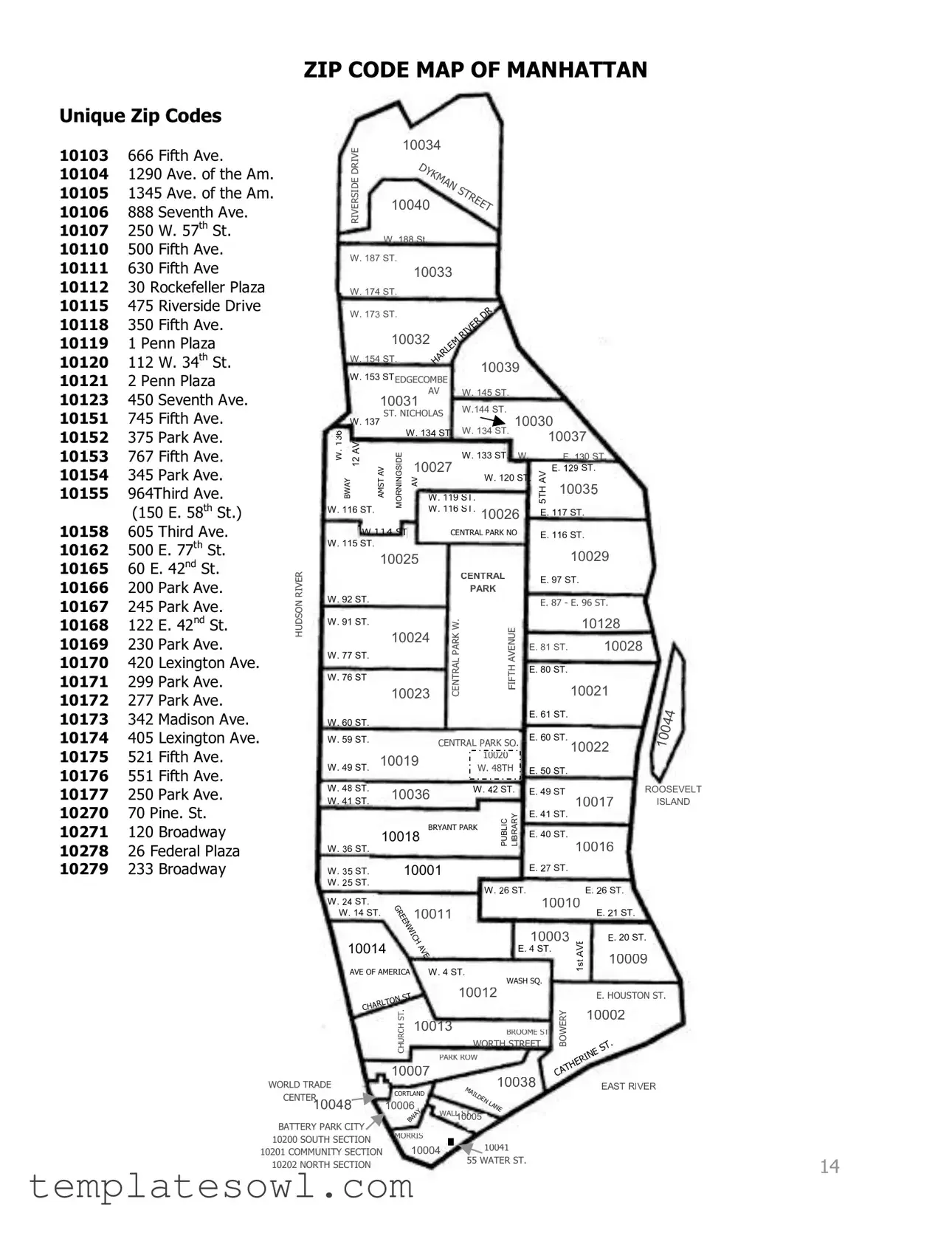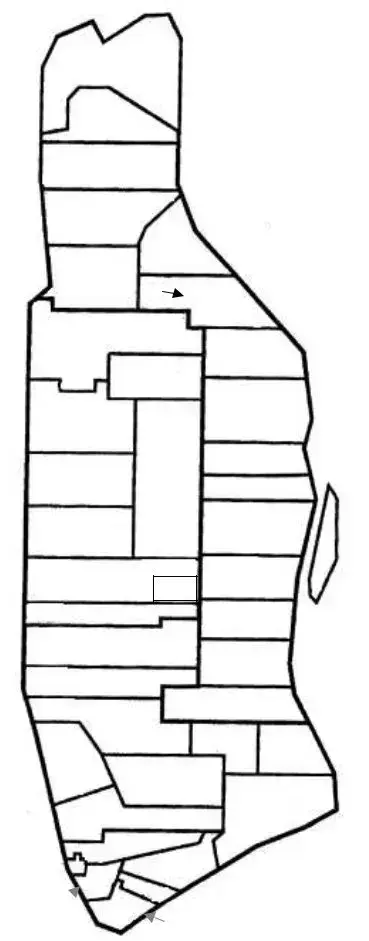Filling out the Manhattan Zip Code Map form can be straightforward, but there are common mistakes that people often make. These errors can lead to confusion and delay in processing. One frequent mistake is not checking the accuracy of the provided zip codes. Zip codes in Manhattan can be very similar but represent different areas. A small error can cause significant issues.
Another mistake occurs when users fail to follow the format when entering addresses. It is crucial to write the street addresses clearly, maintaining the correct order and punctuation. For example, including the avenue or street numbers before the zip code helps keep entries organized and easy to read.
Some individuals may overlook the importance of noting unique identifiers for certain locations. Many addresses have multiple zip codes, and it’s vital to select the correct one. Additionally, forgetting to include the correct building name or specific location can lead to inaccurate submissions.
In some instances, people might not realize that certain zip codes are exclusive to specific buildings or areas. Skipping over building names or other relevant identifiers can lead to lost mail or packages. Always check if the site has a specific shipping address associated with a given zip code.
Additionally, not updating their information can be a problem. If someone has moved or if the city has redrawn certain boundaries, it’s essential to ensure that all details are current. Relying on outdated information may cause complications in the delivery process.
Misinterpreting abbreviations is also common. People might mistakenly use shortened versions of street names, which can differ based on context. Abbreviations like “Ave” or “St” should be used consistently as per the guidelines provided.
Another oversight is the use of incorrect spacing between words within the address. This can cause the system to misread the input. It’s crucial to be precise; for instance, "E. 44 ST." should be entered without additional spaces that could confuse the format.
Lastly, some individuals ignore any required additional information that may be requested on the form. This can include personal contact details, or specific instructions for mail carriers. Providing all necessary information ensures that submissions are complete and properly rated.



 10200 SOUTH SECTION 10201 COMMUNITY SECTION 10202 NORTH SECTION
10200 SOUTH SECTION 10201 COMMUNITY SECTION 10202 NORTH SECTION